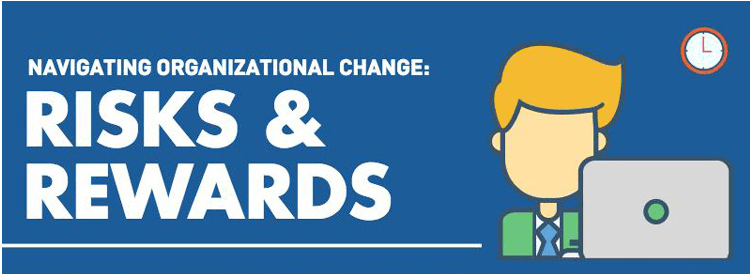
The growing movement advocating for gender equality has challenged leaders across all levels of seniority and power, nationalities, and industries. Activists not only argue for gender equality as a basic human right, but they also point to examples of noteworthy female leaders who have greatly impacted the world, such as German Chancellor Angela Merkel. Leaders like Merkel and California Senator Dianne Feinstein have successfully advocated for tough positions on controversial issues. Yet even with the inspiring successes of women like these, there is still a big gap to close and a glass ceiling to permanently shatter. To learn more, check […]






